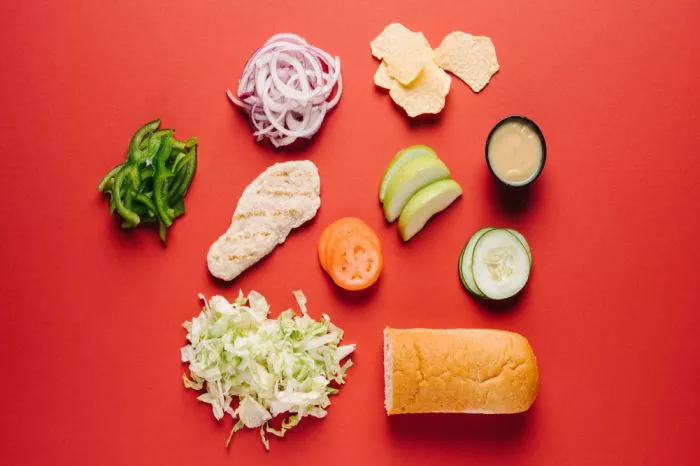Chick-fil-A, a beloved fast-food chain renowned for its chicken sandwiches and exceptional service, has made headlines with its decision to discontinue the sale of large milkshakes. This move has sparked curiosity and raised questions among customers and industry observers alike. In this analysis, we delve into the multifaceted perspectives surrounding Chick-fil-A’s decision, exploring various factors that might have influenced this strategic move.
The Initial Decision
At first glance, the decision to halt the sale of large milkshakes might seem puzzling to loyal customers who have come to enjoy Chick-fil-A’s diverse menu offerings. For years, milkshakes have been a staple on the menu, complementing the chain’s signature sandwiches and nuggets. However, as with any business decision, there are likely several factors at play that contributed to this change.
Health and Wellness Trends:
One prominent factor that could have influenced Chick-fil-A’s decision is the growing emphasis on health and wellness among consumers. In recent years, there has been a noticeable shift towards healthier eating habits, with many individuals opting for lighter and lower-calorie options. Large milkshakes, often laden with sugar and calories, might no longer align with the preferences of health-conscious consumers. Chick-fil-A, known for its commitment to quality and customer satisfaction, might have decided to adapt its menu to cater to this evolving trend.
Menu Simplification:
Another perspective to consider is the concept of menu simplification. As a fast-food chain, Chick-fil-A operates in a highly competitive industry where efficiency and speed are crucial for customer satisfaction. By streamlining its menu and focusing on core offerings, Chick-fil-A could enhance operational efficiency and improve service speed. Removing large milkshakes from the menu might be part of a broader strategy to simplify operations and ensure consistent quality across all menu items.
Supply Chain Challenges:
It’s also worth considering the impact of supply chain challenges on Chick-fil-A’s decision-making process. The food industry is susceptible to fluctuations in commodity prices, ingredient availability, and distribution logistics. Factors such as dairy shortages, price hikes, or disruptions in the milkshake supply chain could have prompted Chick-fil-A to reevaluate the feasibility of offering large milkshakes. In such a scenario, discontinuing large milkshakes could be a strategic response to mitigate supply chain risks and maintain profitability.
Environmental Sustainability:
In recent years, businesses across various sectors have faced increasing pressure to adopt sustainable practices and reduce their environmental footprint. Large milkshakes often come in single-use plastic cups with disposable straws, contributing to plastic waste generation. Chick-fil-A, known for its commitment to corporate social responsibility, might have taken into account the environmental impact of its menu offerings. By eliminating large milkshakes, Chick-fil-A could be signaling its commitment to sustainability and aligning its practices with evolving consumer values.
Customer Feedback and Market Research:
Ultimately, Chick-fil-A’s decision to discontinue large milkshakes might have been influenced by customer feedback and market research. The chain is known for its customer-centric approach, regularly soliciting feedback and conducting market analysis to understand consumer preferences. If customer demand for large milkshakes was declining or if alternative menu items were proving to be more popular, Chick-fil-A might have made the strategic decision to reallocate resources and focus on menu items with higher demand and profitability.
Conclusion:
In conclusion, the decision to stop selling large milkshakes at Chick-fil-A is likely the result of a combination of factors, including health and wellness trends, menu simplification efforts, supply chain considerations, environmental sustainability concerns, and customer feedback. While some customers may lament the absence of their favorite menu item, it’s essential to recognize that businesses must adapt to changing market dynamics and consumer preferences to remain competitive and sustainable in the long run. As Chick-fil-A continues to evolve its menu offerings, it remains committed to delivering exceptional quality and service to its loyal customer base.

